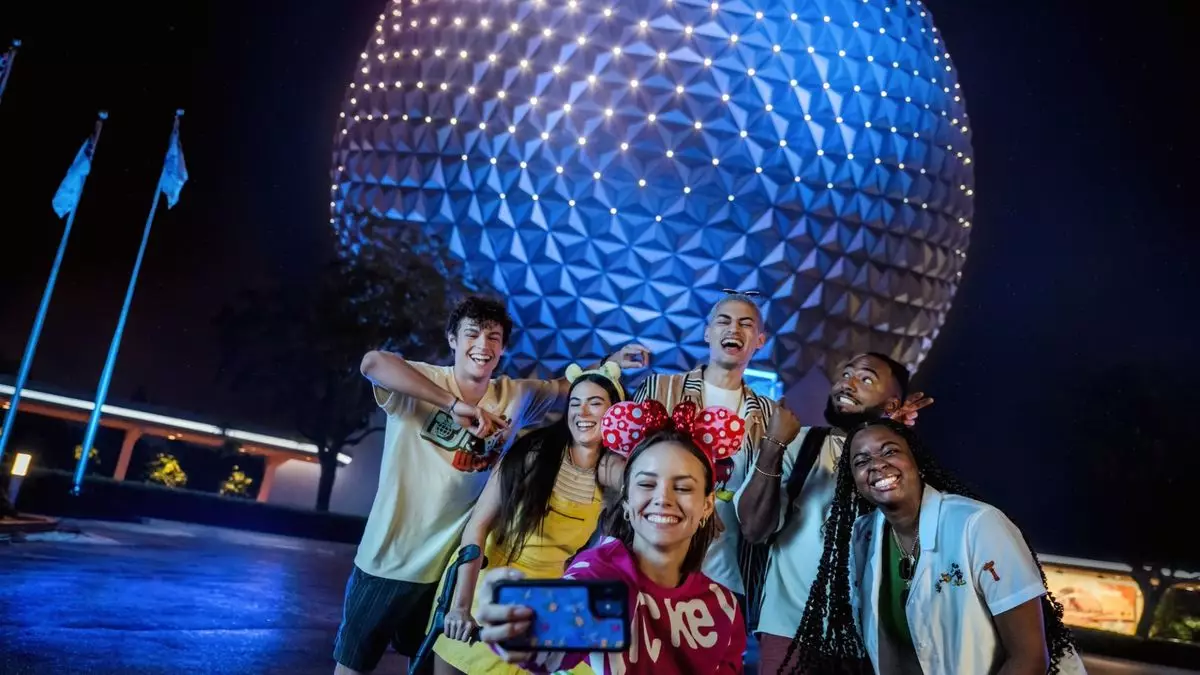Disneyland and Walt Disney World are synonymous with magic and fantasy, and now, they’ve rolled out a new skip-the-line service called the Lightning Lane Premier Pass. As visitors flock to these iconic parks, the need for a smoother, more efficient experience has led Disney to create this new offering. However, the implications of the Premier Pass raise questions about accessibility and value. This article will explore the features of the Premier Pass, its differences from existing services, and whether it is a worthy investment for guests.
The Lightning Lane Premier Pass allows guests to access Lightning Lanes without previously scheduling a time. The pricing, however, is notably steep, varying from $129 to $449 per person plus tax, depending on the park and the date. This premium service is the latest addition to Disney’s assortment of skip-the-line products, which includes the Lightning Lane Multi Pass and the Lightning Lane Single Pass. Unlike these existing options, the new pass offers flexibility that may appeal to those who want to maximize their park experience without the hassle of planning ahead.
While the Multi Pass requires users to reserve a one-hour window for multiple attractions—usually priced between $15 and $39—the Single Pass caters to popular rides, charging between $10 and $25. The introduction of the Premier Pass changes this dynamic, allowing users to bypass the scheduling temptation and simply enjoy attractions as they choose, albeit at a higher cost.
Regional Differences in Implementation
One key aspect of the Premier Pass is that its features and availability vary between Walt Disney World Resort in Florida and Disneyland Resort in California. In Orlando, the pass is primarily available to guests staying at deluxe Disney resorts or select nearby hotels, with a purchase window that opens seven days prior to the guest’s arrival. The limitation to deluxe resort guests raises concerns about exclusivity and whether this trend further distances the average visitor from the Disney experience.
Conversely, Disneyland’s implementation allows a one-time entry for each Lightning Lane attraction at both Disneyland Park and Disney California Adventure Park. However, this convenience comes with its own challenges—the cost is a flat rate of $400 per person through the end of the year, with a more variable pricing structure set for 2024, ranging from $300 to $400 based on demand. This could potentially lock away the magical experience that Disneyland represents from many families on a budget.
The new Premier Pass appears to offer tangible benefits, including one-time access to each park’s Lightning Lane attractions, as well as unlimited digital downloads of photos captured during the visit. These added perks could enhance the overall experience, especially for guests eager to document their time at the parks. However, one could argue that the core question remains: does the ease of access justify the cost?
While the Premier Pass eliminates the need for frantic scheduling and provides immediate gratification, it promotes a tiered system that could inadvertently exacerbate feelings of disconnection among lower-income visitors. The idea that a dollar value can equate to an improved experience at a place that has historically prided itself on inclusivity poses a concern regarding what Disney’s enchanting world is transforming into.
The Lightning Lane Premier Pass is undoubtedly a convenience for those willing and able to pay for a faster park experience. It introduces a level of flexibility that many visitors may find appealing, especially during peak seasons when lines become cumbersome. However, the escalating costs associated with Disney experiences continue to raise eyebrows, as they risk alienating a significant portion of the park’s audience.
In ultimately striving for efficiency, Disney must tread carefully to ensure that its operations do not compromise the essence of its brand—a commitment to creating joy and magic for everyone, regardless of financial means. As the pilot program unfolds in limited quantities starting this fall, many will be watching to see how this initiative performs and whether it reflects Disney’s enduring spirit or utters a somber change toward exclusivity.

